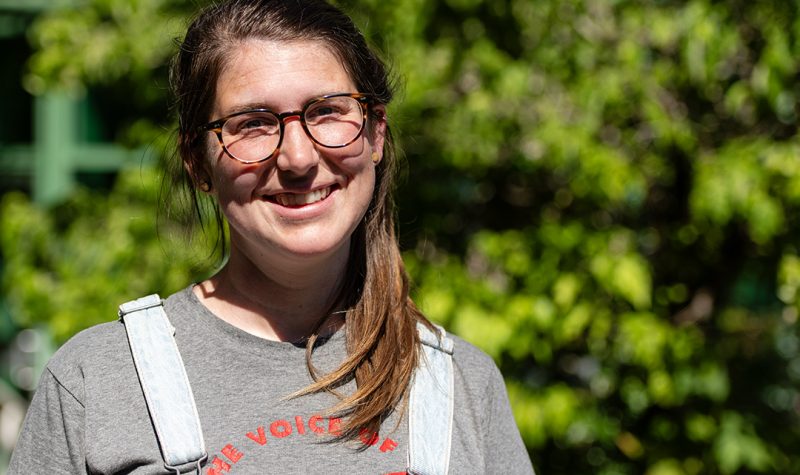Violent crime in several Vancouver Island communities is on the rise according to new numbers from Statistics Canada.
Warren Silver, an analyst with Statistics Canada, says that’s part of a broader trend across Canada where violent crime peaked in the mid to late 1990s before falling until recent years.
“Violent crime is something that we're really tracking right now, because we've seen increases in quite a lot of places,” he said.
In Nanaimo the Violent Crime Severity Index went up slightly in 2022 by 1.3 per cent after an increase of 43 per cent in 2021. It is currently at the highest level since the measurement, which gives more weight to more severe crimes, started to be used in 1998.

The city with the highest rate of violent crime in British Columbia is Williams Lake, which saw a 72 per cent increase in the violent crime severity index last year. Silver cautions that smaller communities will have more volatility in the crime indexes as it takes fewer serious crimes to make big changes.
“Say, for example, you have a small municipality on the island and there's one homicide that happens,” he said. “Because the population is so small, that's going to have a huge impact, whereas that would have a lot less of an impact in a big urban centre.”
Nanaimo ranks 21st for violent crime in the province and fifth on Vancouver Island while Port Alberni remains the most violent city on the island, a position it’s held since 2016 when it surpassed Victoria.
The community with the least violence on Vancouver Island is Qualicum Beach, which saw a 38 per cent drop in the violent crime severity index last year.

Lauren Mayes, a professor of criminology at Vancouver Island University says it’s important to look at how many people in a community are in what she calls the “prime crime committing years” of between 15-34.
“Generally, people engage in crime when they're in their adolescent period when they're kind of figuring out rules and, and boundaries and things like that,” she said. “So for most people, engagement in crime is really limited to those teenage and young adult years.”
Mays attributes the drop in crime that happened across North America in the 2000s to people “aging out of crime” followed by fewer young people in the next generations.
“Is that the case here? I am not sure. I've not evaluated that thoroughly,” she said. “But it's something that is always important to keep in mind when looking at crime statistics.”

Silver said that it is specific types of crimes that are driving the increases on Vancouver Island, including making or distributing of child pornography.
There were 29 sexual violations against children in Nanaimo in 2022, down from 47 in 2021 with seven people charged. The rate of sexual violations against children rose from 13.5 per 100,000 in 2017 to 46 per 100,000 in 2021.
“We're seeing more of an increase in it so it could be that there's more cracking down on it or more of it being reported or caught,” he said.
Silver said there are also increases in sexual assault, robbery, uttering threats and asaults with weapons or causing bodily harm on Vancouver Island.
Assaults in Nanaimo were up by three per cent last year with 857 cases, 285 involving a weapon, and 11 aggravated assaults.
There were 34 assaults against police officers in Nanaimo last year, a 37 per cent drop from 2021.


The were 130 cases of sexual assault including one case of aggravated sexual assault and one with a weapon or causing bodily harm in 2022, a one per cent increase. Rates of sexual assault have risen from 31 per 100,000 people in 2015 to 124 per 100,000 in 2022.
However, the percentage that were ruled “unfounded” by police dropped from a high of 36 per cent in 2018 to 13 per cent in 2022 with 43 people were charged with sexual assault in 2022 compared to 13 in 2015.
Nanaimo saw four homicides in 2022, down one from 2021, resulting in three people being charged.
Mayes says that the solution to increasing crime is to address its root causes.
“If we were really thinking about the root causes of crime and wanting to minimize that, in the long term, I think that we really need to focus on the kind of social determinants of health and of crime, like poverty, intergenerational trauma, unequal access to nutritious food, clean drinking water and strong education in a loving community,” she said.
Listen to CHLY's full report below:


